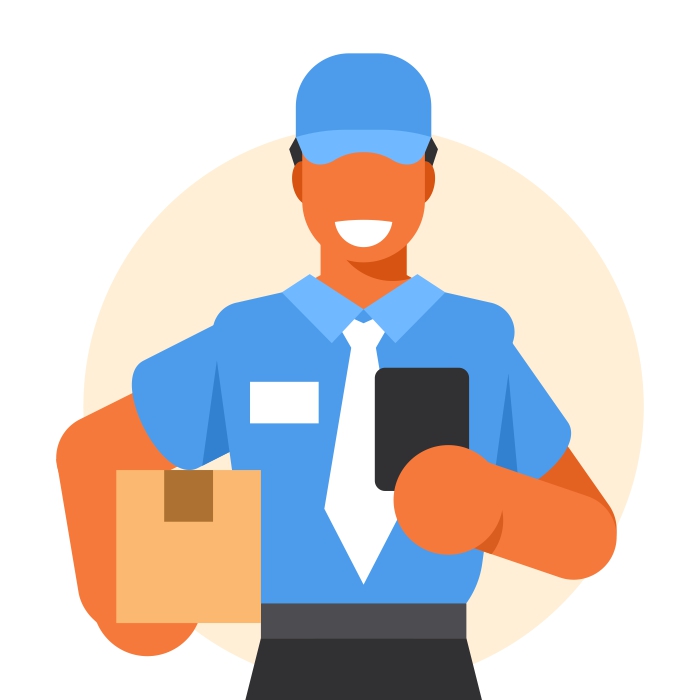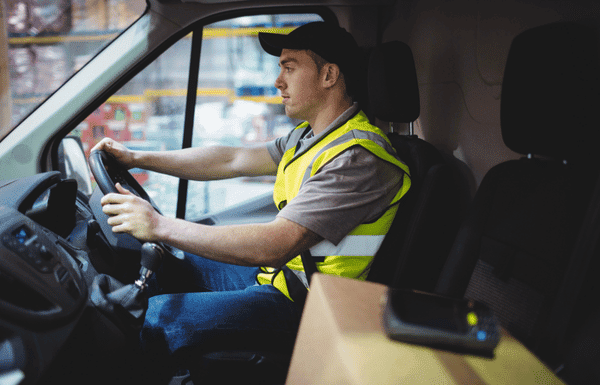In today’s digital age, delivery apps are transforming the logistics industry by optimizing driver workflows and making deliveries more efficient. These apps introduce innovative tools that help streamline tasks, improve communication, and offer flexibility. Here’s how delivery apps are reshaping driver workflows.
1. Real-Time Route Optimization
One of the biggest benefits of delivery apps for drivers is real-time route optimization. Apps like Google Maps and Waze have long been useful, but many logistics software solutions now offer advanced route optimization specifically for delivery drivers. These apps provide up-to-the-minute traffic information, road closures, and alternate routes to avoid congestion. This helps drivers reach their destinations faster, reducing fuel consumption and improving on-time delivery rates.
2. Simplified Communication with Dispatch
In traditional delivery models, drivers rely heavily on back-and-forth communication with dispatch centers to stay updated on their tasks. Delivery apps streamline this communication by offering automated updates and notifications, helping drivers stay on schedule without needing frequent check-ins. Apps like DoorDash, Uber Eats, and Amazon Flex notify drivers of new assignments, updates, and customer instructions directly within the app. This integration reduces misunderstandings and allows drivers to focus on completing deliveries efficiently.
3. Improved Customer Interactions
Delivery apps are also enhancing customer interactions by allowing drivers to communicate directly with recipients. This feature is especially valuable for deliveries that require additional coordination, such as leaving packages at specific locations or obtaining secure access to buildings. Apps often offer chat or call options that allow drivers to contact customers if any issues arise, such as clarifying delivery instructions or addressing delays. This direct communication promotes customer satisfaction and helps ensure timely deliveries.
4. Increased Flexibility for Drivers
One of the most appealing aspects of gig-economy delivery apps is the flexibility they offer drivers. Apps like Uber Eats, Instacart, and Postmates allow drivers to work on their own schedules, giving them control over their hours and workload. This flexibility empowers drivers to choose their peak working times to maximize earnings, enabling them to better balance work with personal commitments. For individuals seeking part-time or supplementary income, this level of flexibility has made delivery work more accessible and appealing.
5. Enhanced Job Tracking and Analytics
Many delivery apps provide drivers with detailed analytics on their performance, including metrics like delivery times, customer ratings, and earnings. This data helps drivers understand their strengths and identify areas for improvement. The insights also allow drivers to set goals, optimize their performance, and even qualify for higher-paying assignments. Additionally, tracking tools offer transparency regarding earnings, helping drivers budget and plan their work more effectively.
6. Simplified Payment and Earnings Tracking
With traditional delivery jobs, drivers often wait for paychecks, but gig economy apps typically offer faster payments, sometimes even instantly. Drivers can view their earnings in real-time, allowing them to assess their income at the end of each shift. Many apps also offer instant payout features, which can provide more financial flexibility for drivers. This quick access to funds is particularly helpful for those who rely on their earnings for daily expenses.
Conclusion
Delivery apps are revolutionizing the way drivers operate, making logistics workflows smoother and more efficient. By offering real-time route optimization, improved communication, and flexible schedules, these apps empower drivers to work more effectively and meet customer expectations. With technology continually advancing, delivery drivers can look forward to even greater innovations that will enhance their day-to-day work in the logistics industry.




